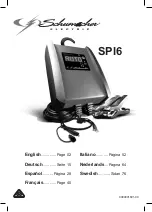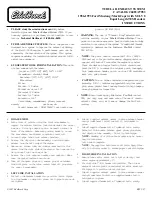
12. Maintenance and Care
184
- alcohols
- aggressive or solvent-based cleaners
- cleaners from the chemical group such as
ketone, ester and aromatic solvents
- aromatic hydrocarbons (e.g. all automotive fuels)
Direct contact with plastics such as PVC, soft PVC and similar
products (e.g. stickers) must be avoided at all cost.
It is not possible to avoid transmitting plasticizers when solvent-
based contents come into contact with the aforementioned
plastics and this causes the parts to become brittle.
Cleaning the exterior
The vehicle should only be washed when it is dirty.
The following applies when cleaning the exterior:
• Rinse the vehicle with a weak jet of water.
• Wash the vehicle with a soft sponge and a commercial
shampoo solution. Rinse the sponge often.
• Then rinse with a generous amount of water.
• Dry the vehicle with a suede cloth.
• After washing the vehicle, leave it standing outside to dry off
completely.
Dry the headlights and sockets thoroughly, as water collects
there easily.
Washing with a high pressure cleaner
Do not spray stickers and external decors directly with the
high pressure cleaner as they could peel away as a result.
Before washing the van with a high pressure cleaner, study
its operating manual carefully. Ensure that the high-pressure
nozzle is at least 700 mm away from the van when washing it.
Please note that the water jet is under pressure when it comes
out of the cleaning nozzle. Incorrect handling of the high pres-
sure cleaner can result in damage to the van.
The water temperature should not exceed 60°C. Keep the wa
-
ter jet moving while washing.
The spray from the high-pressure
cleaner must never be pointed directly at the cracks of the
doors or windows, acrylic windows, ventilation grills in the re-
frigerator, service flaps, waste gas flues or skylights. This may
damage the vehicle or water could get inside the vehicle.
















































